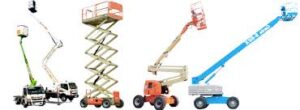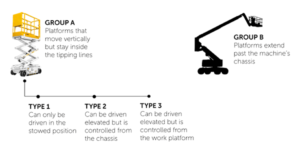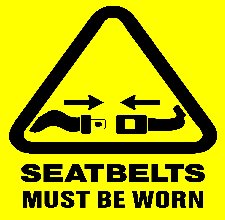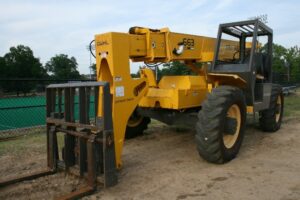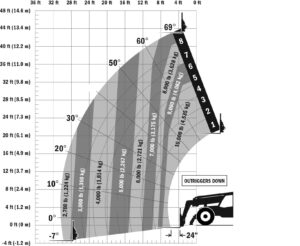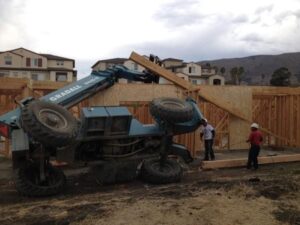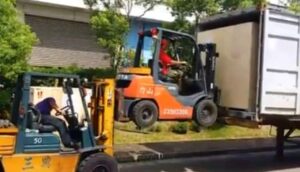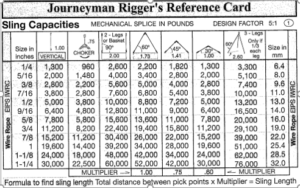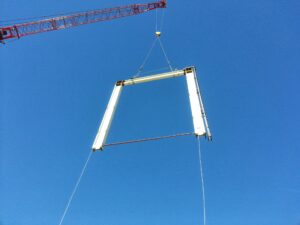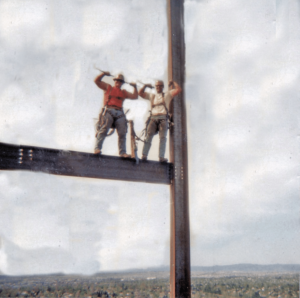As we progress through 2020 and are neck deep in construction challenges such as job site safety, schedules, deliveries, man power etc., it is easy to overlook the fact that there will major upcoming changes before the end of this year in regards to the operating and safe use of Mobile Elevated Work Platforms “MEWPS”. ANSI is moving towards a new access equipment design standard, A92.20, which will broadly bring North American equipment into line with equipment currently in the EU marketplace, closing off most global variances. Standards for safe use (A92.22) and training (A92.24) go further in completing this objective. Under these new standards, the Aerial Work Platforms (AWPs) terminology becomes Mobile Elevating Work Platforms (MEWPs).
As mentioned above, the new ANSI A92 can be broken down to three sub-parts:
Changes in design A92.20:
Equipment classification can be broken down as follows:
A Group A machine has a design that does not allow the main platform to extend beyond the tipping line. In other words, the platform does not go outside of the drive chassis envelope. A perfect example of a Group A would be a scissor lift.
Conversely, a Group B machine has a design that allows the platform to extend beyond the tipping line. A great example of a Group B machine would be an articulating or telescopic boom.
A MEWP Type is in reference to the equipment’s ability to travel:
- Type 1 – Traveling is allowed only with the MEWP in its stowed position
- Type 2 – Traveling with the work platform in the elevated position is controlled from a point on the chassis
- Type 3 – Traveling with the work platform in the elevated travel position is controlled from a point on the work platform
Moving forward training shall rely heavily on A92.22 (safe use) and A92.24 (training)
A92.22 (safe use):
- Safe-use planning requires a plan specific to MEWPs to be developed by users to include tasks such as: a risk assessment,
- the selection of the proper MEWP for application, and
- access, preparation and maintenance of the work site prior to using the MEWP.
- Supervisors are being held accountable for safe operations and developing risk assessments.
- Included in a risk assessment is the user requirement to develop a rescue plan for workers who may require rescue from a platform in an elevated position.
A92.24 (training):
- Training is required for each class of MEWP classification.
- Training must be provided in a manner that trainees can understand.
- Designation of a qualified person to monitor, supervise and evaluate operators on a regular basis to ensure proficiency.
- Supervisors of MEWP operators shall receive supervisor training. This shall include:
- Proper MEWP selection,
- User and operator requirements,
- How to identify known hazards and the means to manage risk.
- How to follow the requirements of the operator’s manual.
Want more information? Give Trivent Safety Consulting a call today at 1-800-819-6092 and get connected to one of our industry leading trainers for more information and details on the standard!

